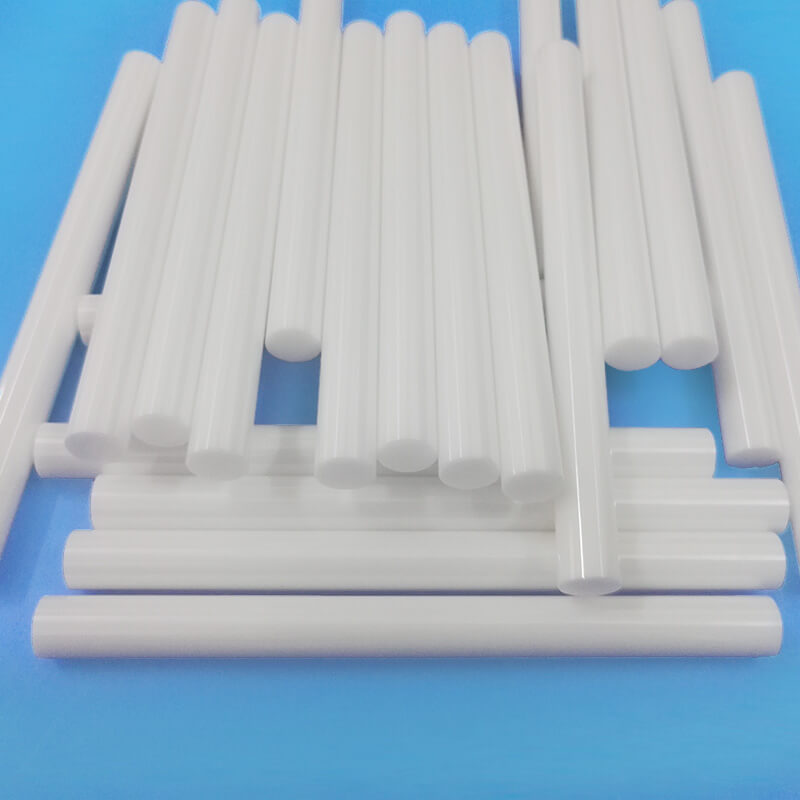Challenges in Processing Zirconia Ceramics
Advances in ceramic toughening and mechanical processing have expanded the use of zirconia ceramics, known for their high-temperature resistance, chemical corrosion resistance, wear resistance, and thermal shock resistance. What challenges arise in zirconia ceramics processing?
E-mail:sales01@hkceramic.com
1. Zirconia Ceramic Processing Methods
Zirconia ceramic processing methods commonly utilize high-efficiency mechanical techniques, widely applied in industry, particularly diamond wheel grinding, polishing, and buffing.
2. Which is more wear-resistant, zirconia ceramic or alumina ceramic?
Zirconia ceramic has a hardness ≥ HRA9, second only to diamond in hardness. Its smooth surface and low friction coefficient make it highly wear-resistant, especially in high-temperature oxidative or corrosive environments, where zirconia ceramic outperforms alumina ceramic by a significant margin.
3. What are the components of zirconia ceramics?
It’s not just zirconia; there are also diluted inorganic components and solidifying agents. Elemental types and concentrations can be determined through atomic spectroscopy, and crystal lattice identification provides a complete understanding.
4. How high temperatures can zirconia ceramics withstand?
Zirconia ceramics come in various grades with different purities. High-temperature resistance depends not only on melting point but also on composition, capable of enduring temperatures exceeding 1400 degrees Fahrenheit. In theory, they can maintain their original properties under both high and low temperature conditions.
That concludes the discussion on challenges encountered during zirconia ceramic processing. Zirconia ceramics are widely used, and suitable processing methods can be chosen based on specific needs.

